Vintage “Crackle Collection” Pier 1 bowl, Made in China: 8,414 ppm Lead, 31 ppm Cadmium, 51 ppm Antimony.
Published: Saturday – July 2, 2022
Given all federal agencies agree that there is no safe level of Lead exposure for humans, and also given that in 2008 the Consumer Product Safety Commission set the level of 90 ppm Lead as being the limit for allowable Lead in the paint, glaze or coating of an item intended for use by children – I would not personally be comfortable eating out of these bowls (and certainly would never let any child use one of these).
They may have been “safe” (determined by independent testing at the time of manufacture to be non-leaching for Lead) on the day they left the factory, but there is no guarantee that over time, with age and use, they have not/will not become unsafe. This is especially possible if the item is used with with heated foods — or acidic foods, such as tomato-based soups, vinegars, or lemon juice, for example).
Now that we know for certain (using XRF testing) that there is Lead in both the glaze and the substrate of this bowl (see specific readings for each component below), it is far simpler and less expensive to buy new dishes than it would be to send a dish like this to a lab to do leach-testing to confirm whether or not any of the Lead might be leaching from the bowl at this time… so many years after they were manufactured! Consequently – in adopting a #KnowBetterDoBetter philosophy and a guiding principle of not allowing any Lead in your kitchen (a great first step in making a safer home for yourself and your family) – I would recommend purchasing new dishes if you own these (and not using these for food use purposes at all.) You can read more about these concerns specifically in this article – link.
Please note that Pier 1 is on my “do not shop at” list, as their products consistently test positive for unsafe levels of Lead (although I think they went out of business recently, so the concern for purchasing new leaded products from them is relatively moot!) Here’s the Pier 1 category of posts on this website if you want to see more examples of Lead-contaminated Pier 1 branded products.
Below are the full test results for the dish pictured.
Reading #1) Center of the food surface of the bowl
Cream colored crackled glaze
60-second reading
- Lead (Pb): 599 +/- 30 ppm
- Cadmium (Cd): 24 +/- 6 ppm
- Tin (Sn): 1,339 +/- 37 ppm
- Mercury (Hg): non-detect
- Selenium (Se): non-detect
- Barium (Ba): 2,036 +/- 67 ppm
- Chromium (Cr): non-detect
- Antimony (Sb): non-detect
- Copper (Cu): 110 +/- 28 ppm
- Zinc (Zn): 43 +/- 14 ppm
- Zirconium (Zr): 1,374 +/- 34 ppm
- Indium (In): 23 +/- 7 ppm
- Iron (Fe): 1,591 +/- 154 ppm
- Bismuth (Bi): 61 +/- 12 ppm
- No other metals detected in consumer goods mode.
Reading #2) Edge and underside of the bowl
Red colored glaze
60-second reading
- Lead (Pb): 8,414 +/- 184 ppm
- Cadmium (Cd): 31 +/- 7 ppm
- Tin (Sn): 2,169 +/- 62 ppm
- Mercury (Hg): non-detect
- Selenium (Se): non-detect
- Barium (Ba): 467 +/- 40 ppm
- Chromium (Cr): non-detect
- Antimony (Sb): 51 +/- 13 ppm
- Copper (Cu): 7,166 +/- 199 ppm
- Zinc (Zn): 8,627 +/- 208 ppm
- Zirconium (Zr): 553 +/- 18 ppm
- Indium (In): 16 +/- 8 ppm
- Iron (Fe): 10,600 +/- 300 ppm
- Bismuth (Bi): 38 +/- 23 ppm
- No other metals detected in consumer goods mode.
Reading #3) unglazed foot of the bowl
Tan colored bare clay (not on black logo mark)
60-second reading
- Lead (Pb): 455 +/- 24 ppm
- Cadmium (Cd): 8 +/- 4 ppm
- Tin (Sn): 63 +/- 8 ppm
- Mercury (Hg): non-detect
- Selenium (Se): non-detect
- Barium (Ba): 206 +/- 28 ppm
- Chromium (Cr): non-detect
- Antimony (Sb): non-detect
- Copper (Cu): 95 +/- 24 ppm
- Zinc (Zn): 122 +/- 18 ppm
- Zirconium (Zr): 231 +/- 10 ppm
- Indium (In): 12 +/- 6 ppm
- Iron (Fe): 12,400 +/- 400 ppm
- Platinum (Pt): 49 +/- 29 ppm
- Bismuth (Bi): 79 +/- 11 ppm
- No other metals detected in consumer goods mode.
For those new to this website:
Tamara Rubin is a multiple-Federal-award-winning independent advocate for consumer goods safety and a documentary filmmaker. She is also a mother of Lead-poisoned children. Tamara’s sons were acutely Lead-poisoned in August of 2005. She began testing consumer goods for toxicants in 2009 and was the parent-advocate responsible for finding Lead in the popular fidget spinner toys in 2017. Tamara uses XRF testing (a scientific method used by the U.S. Consumer Product Safety Commission) to test consumer goods for toxicants (specifically heavy metals), including Lead, Cadmium, Mercury, Antimony, and Arsenic. All test results reported on this website are science-based, accurate, and replicable. Items (and separate components) are each tested multiple times, to confirm the test results for each component tested and reported on. Please click through to this link to learn more about the testing methodology used for the test results discussed and reported on this website.
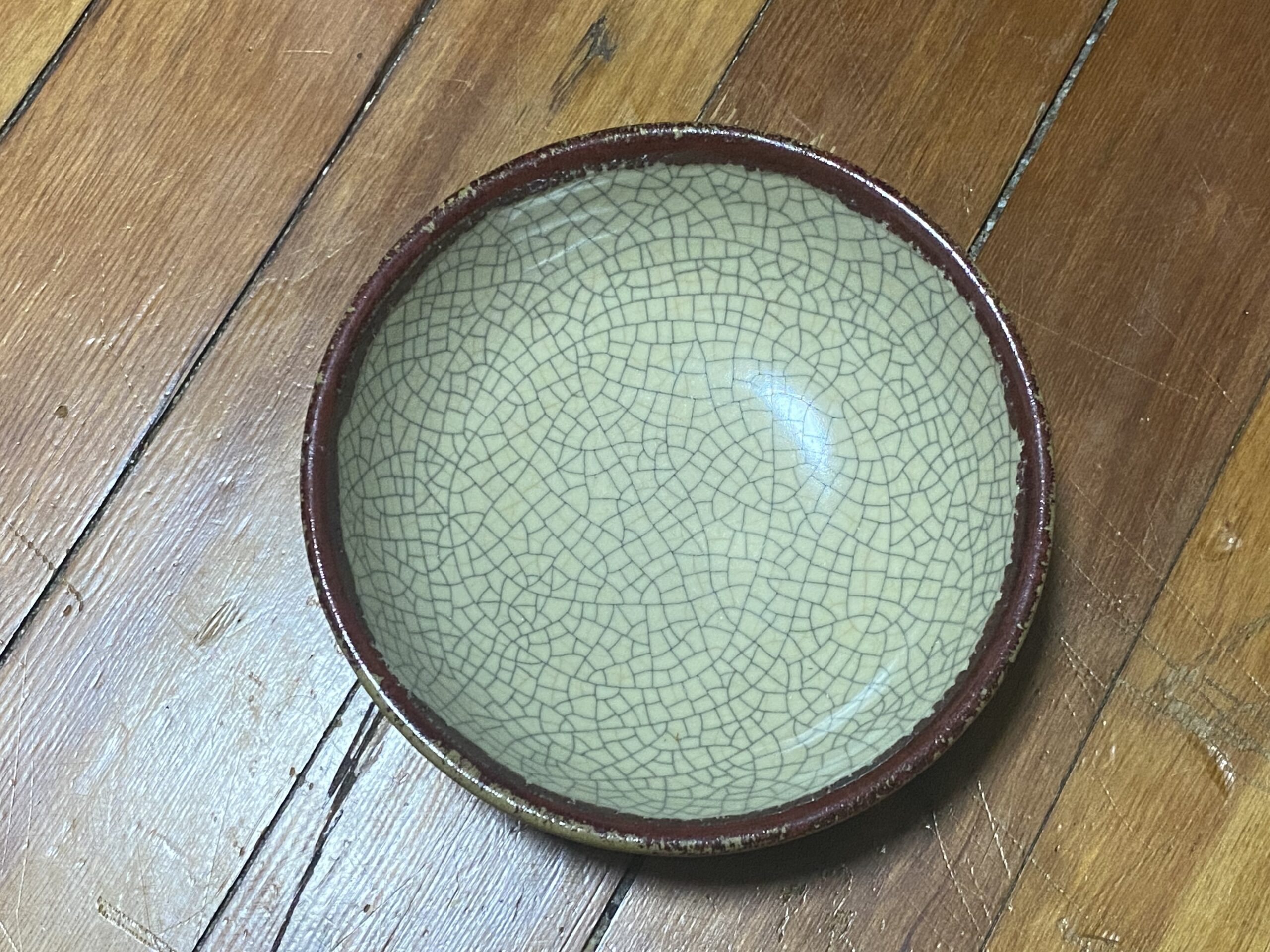
Never Miss an Important Article Again!
Join our Email List


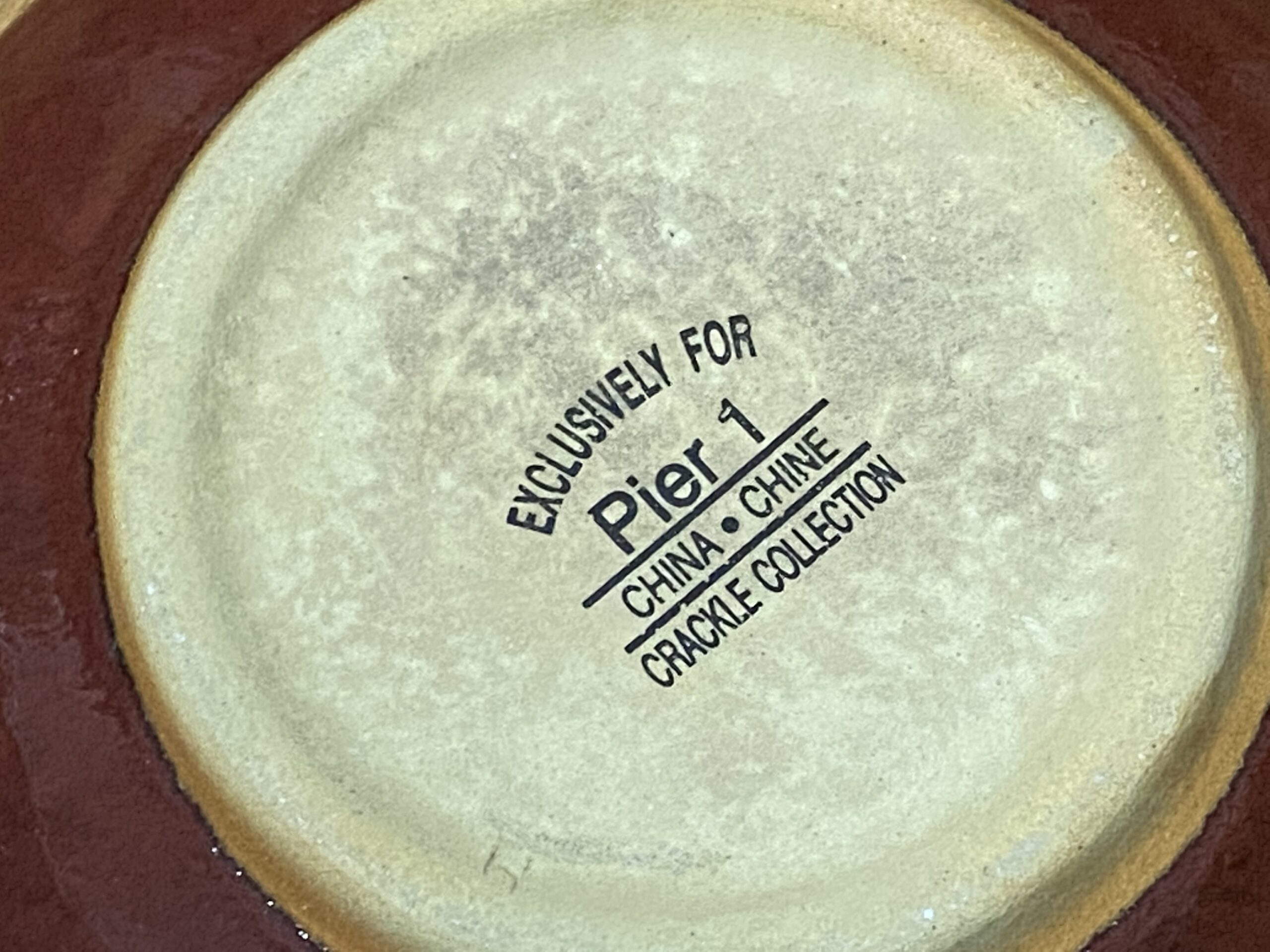
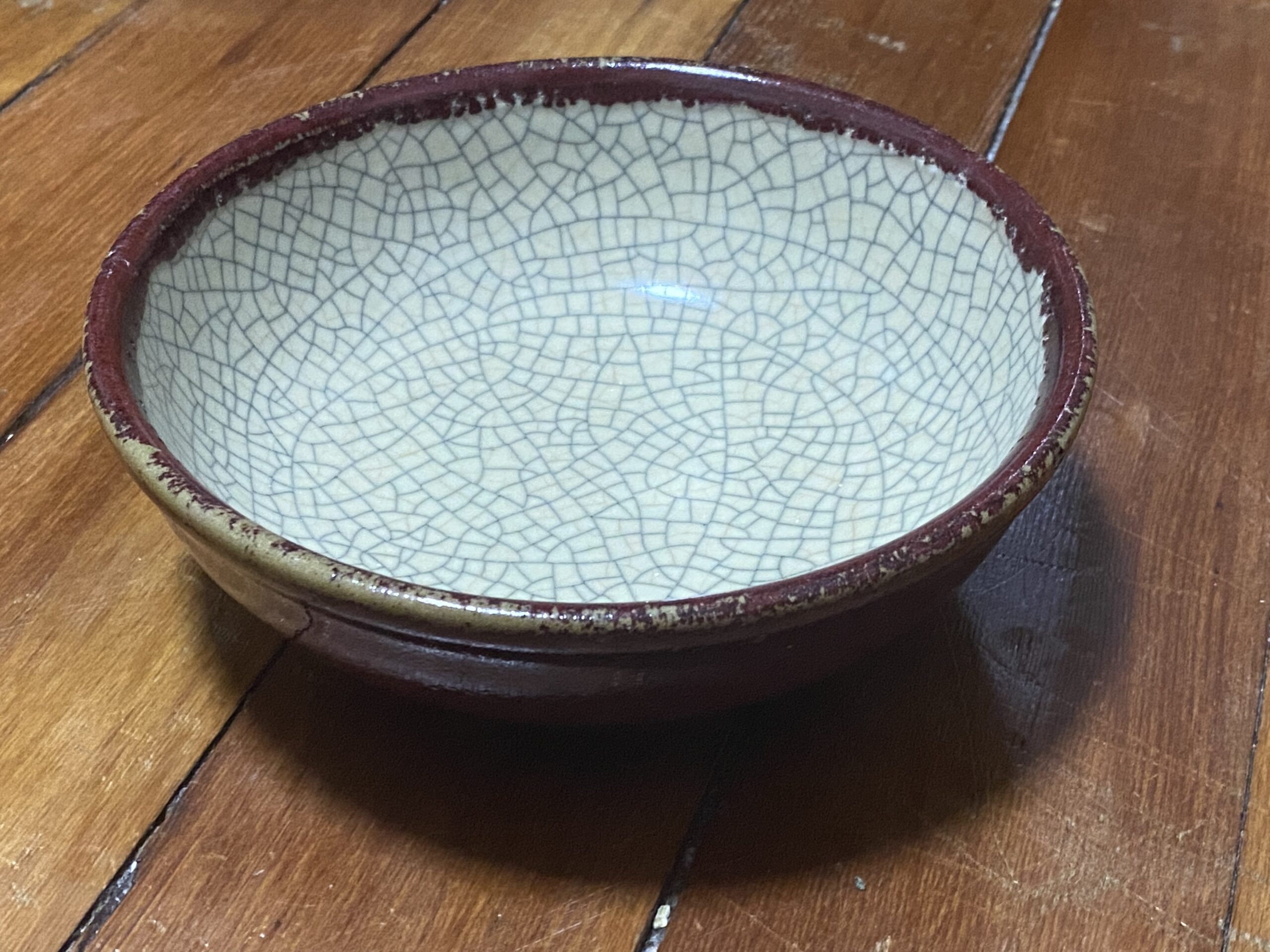
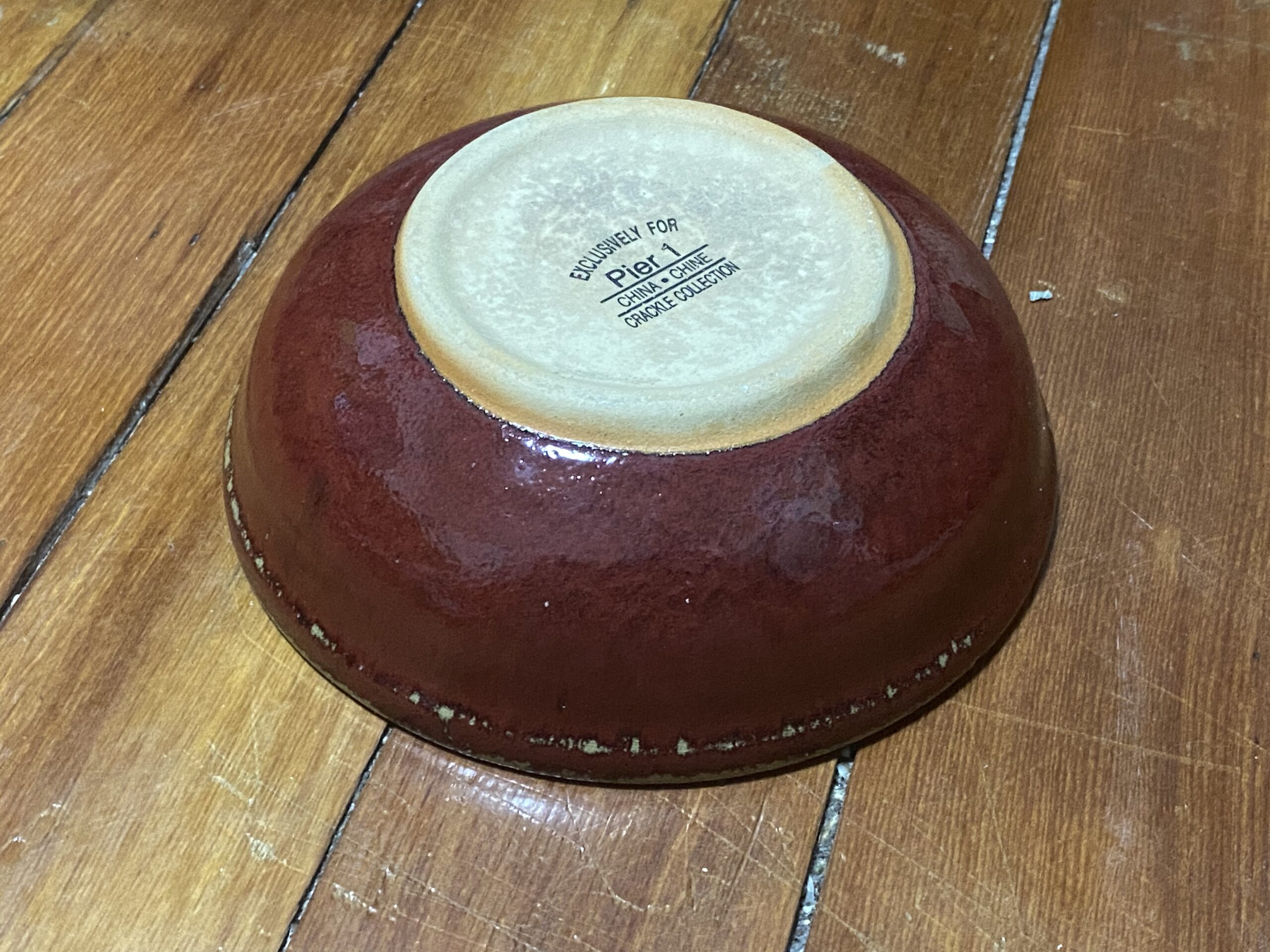
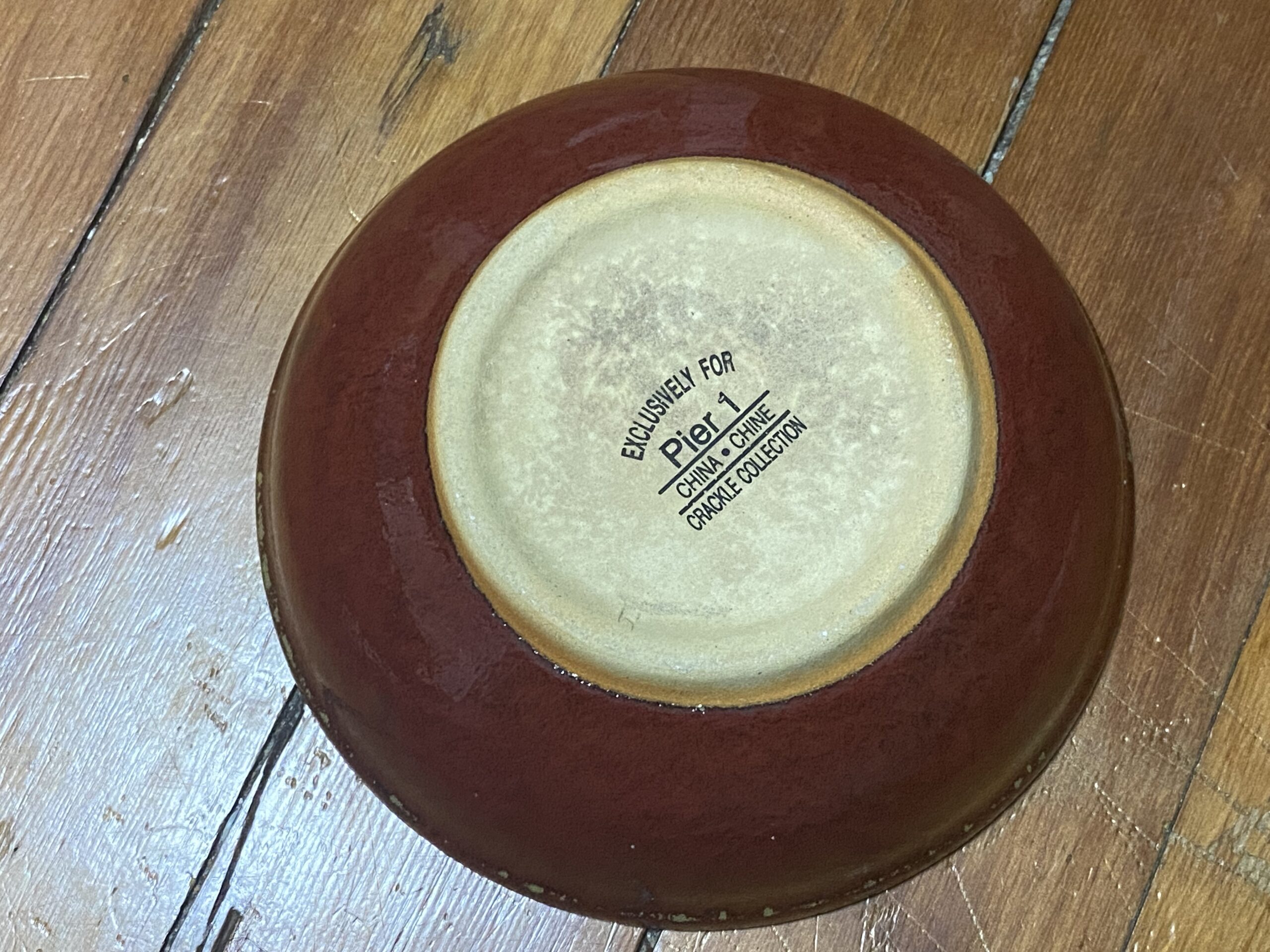

Dear Tamara,
Thanks for your post about the Pier One crackle designed ware from China. Many years ago I purchased similar looking handle-free cups from a store selling many oriental products that my aunt also purchased. I never used them thinking something was not quite right with them. Last year I put them broken into the trash with no regrets. Thanks for all your work-it has made me a more toxin wary consumer. I especially enjoy the Duralex glassware and Bormioli storage containers and the embossed Corelle Ware with its milk ware look design. I also have the Anchor Hocking new storage glassware made here in Ohio. Knowlege really does set you free and gives me peace and joy to know we don’t eat off lead and cadmium laden dishes anymore. Thank you for all you do-it has been a blessing.
Sandy
Thank you for sharing this excellent comment!
T